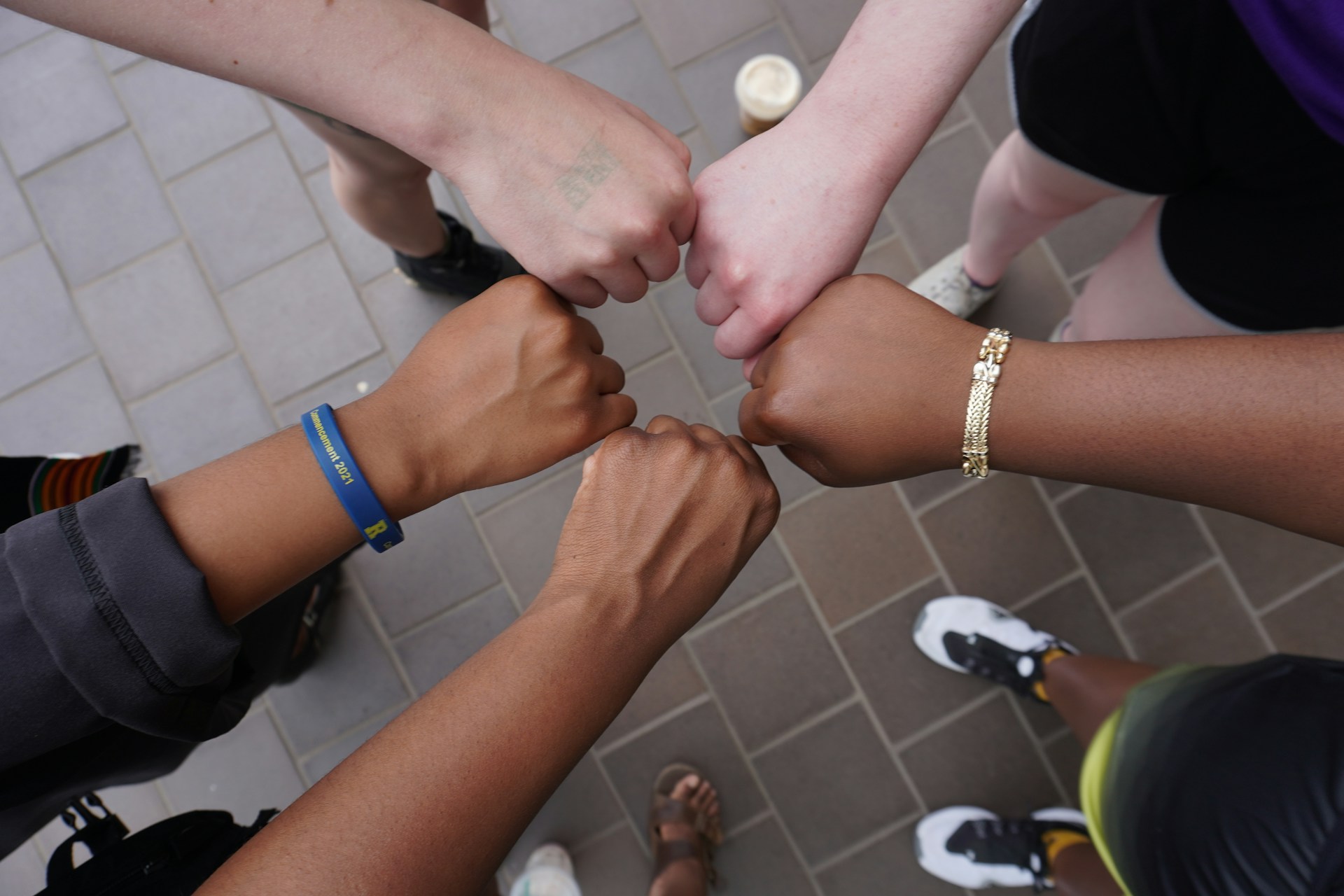Starting college can feel like being dropped into a foreign country where you don’t speak the language but are somehow expected to lead a group project by Tuesday.
It’s overwhelming, awkward, and much harder than anyone admits. That’s why high-level executives never go it alone when they step into a new role. They build a Transition Team—a small circle of trusted people who guide them through a critical period of learning, pressure, and adjustment.
Intentionally helping your student build a Transition Team could be the most important thing you do as they start college. Done well, it can serve them not just during their first year, but throughout college and into the wild ride beyond.
Your goal is not to prevent struggle, but to allow your student to grow through it with the proper supports. You may have heard of a “lawnmower parent”—someone who clears a perfectly manicured path for their child to walk through. It may feel helpful in the moment, but it often robs students of the growth that comes from facing difficulty with support instead of avoidance.
Every transition brings bumps. A great Transition Team won’t smooth every road, but they will guide your student and keep them moving forward when things get hard.
You’re not picking the team. You’re coaching your student to draft one. This is a life skill many adults don’t develop until much later. Successfully fumbling through this process now will serve your child in college, in their career, and life.
Potential draft pools include:
- One near-peer: A sophomore or junior who still remembers what it’s like to be new
- One adult on campus: A professor, coach, or staff member who sees them not as a number but as a human being
- One family member: Someone they trust (maybe that’s you), who listens and guides without controlling
- One outside mentor: An older sibling, pastor, or neighbor who knows them outside the college bubble
Keep the size to about 4–7 people.
You don’t need a formal letter to ask someone to be on your student’s team.
Help your student practice the ask by using a simple script. A sample might be:
“Hey, I really appreciate your insights and would benefit from them as I navigate this new college experience. Could we periodically touch base throughout the semester so I can get your perspective?”
If they say yes, express gratitude and get a time and date on the calendar. If they say no, thank them for their consideration and keep going. Take it one meeting at a time. The only thing to figure out during the ask is whether they’re willing to meet and when.
Meeting #1 is just a get-to-know-you or catch-up conversation, especially if there’s a pre-existing relationship. Keep it simple and lighthearted. Ask them about their own college experience, share how things are going for you so far, and ask for one piece of advice they had—or wish they had—during their first year.
By the end of Meeting #1, the only decision to make is whether you’re both open to Meeting #2. Gauge it by how engaged the conversation felt. If it flowed well, say something like:
“Thank you so much for your time and insights. I really enjoyed this and learned a lot. Would you be open to touching base again in a couple of months?”
If you’re unsure how the meeting went, or if you need time to process, it’s perfectly fine to simply say the first part. No pressure.
Define success not by perfection, but by initiative. Your student is taking a step toward their current and future success by building this muscle. It takes guts. It will take refinement. But it will become one of the most valuable habits they ever learn.
4638304










